The clang of metal doors echoing through the fortress of Pignerol. A figure shrouded in black velvet, his face hidden behind a mask that would spark centuries of debate. The year was 1669, and France’s most mysterious prisoner had just arrived at what would become his eternal home of secrets. This wasn’t just any prisoner – this was a man so dangerous to the crown that his identity had to be erased from history itself.
The Prison That Started It All

Pignerol fortress in the Italian Alps wasn’t your typical prison. This massive stone structure housed France’s most sensitive political prisoners, those whose very existence threatened the stability of Louis XIV’s reign. The fortress warden, Bénigne Dauvergne de Saint-Mars, received explicit instructions about his new charge that were unlike anything he’d encountered before.
The prisoner was to be treated with respect befitting nobility, yet never allowed to speak his name or reveal his face to anyone. His meals were served on silver plates, his quarters furnished with fine tapestries, and his clothes made of the finest materials. Yet beneath this luxury lay an iron grip of secrecy that would outlast the Sun King himself.
The Velvet Mask Reality

Here’s where history gets its first surprise – the famous “iron mask” was actually made of black velvet. Contemporary accounts from Saint-Mars and other prison officials consistently describe a cloth mask, not the metal contraption that captured popular imagination. The velvet was likely reinforced with whalebone or light metal strips to maintain its shape, but iron it was not.
This detail matters more than you might think. An iron mask would have been a form of torture, making eating and drinking nearly impossible. The velvet mask, while still a symbol of enforced anonymity, allowed the prisoner to maintain basic human functions while keeping his identity hidden from curious eyes.
The transformation to “iron” in popular culture probably occurred through multiple retellings, each adding dramatic flair to an already incredible story.
The Bastille Years

When Saint-Mars transferred to the Bastille in 1698, his mysterious prisoner came with him. The fortress that would later become synonymous with the French Revolution provided the final chapter of this enigmatic tale. Prison records show the masked man lived in relative comfort, with access to books, musical instruments, and even a personal valet.
The prisoner’s daily routine was carefully orchestrated. He took walks on the fortress walls during hours when other inmates were confined, always accompanied by guards with strict orders to shoot anyone who attempted to approach or speak to him. His meals were prepared by trusted kitchen staff who never saw his face.
What makes this period particularly intriguing is the level of resources devoted to maintaining this one prisoner’s secrecy. The cost of his upkeep rivaled that of minor nobility, suggesting his identity was worth enormous expense to keep hidden.
Death and the Final Secret
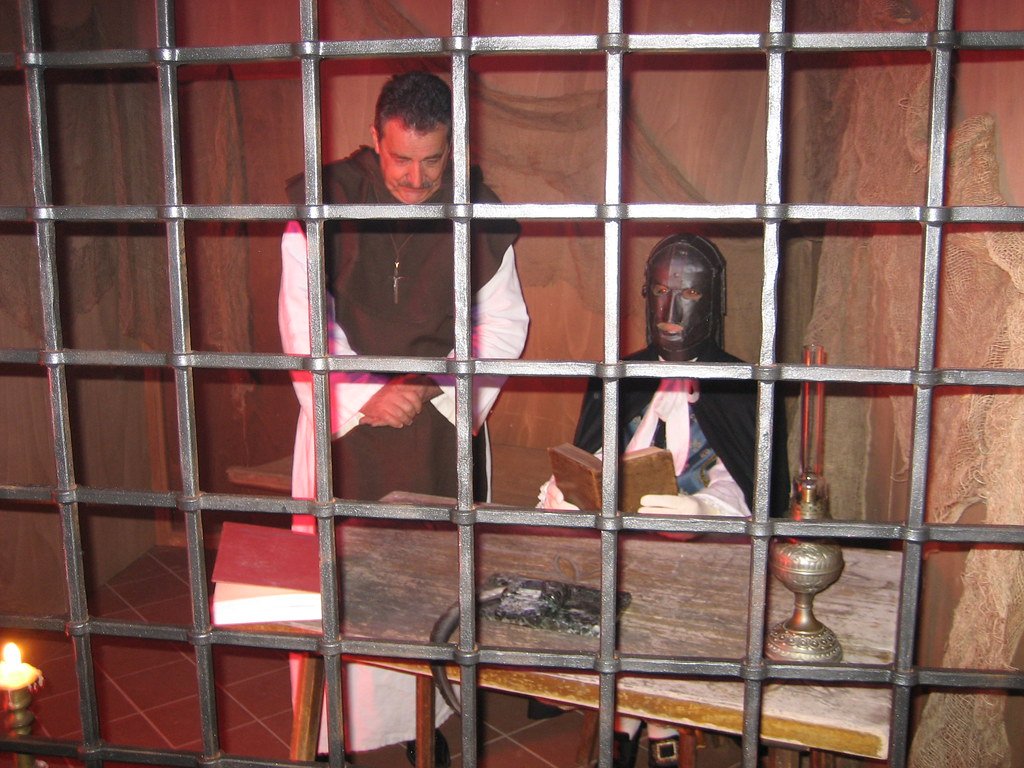
November 19, 1703 marked the end of an era. The man in the mask died in his cell at the Bastille, taking his secret to the grave. But even in death, the mystery deepened. Prison officials burned all his personal belongings, scraped the walls of his cell, and replaced all furniture and fixtures.
The death certificate listed his name as “Marchioly” – almost certainly a false identity. His age was recorded as approximately 45, though this too may have been deliberately falsified. The body was buried quickly in the cemetery of Saint-Paul parish, with only a handful of witnesses present.
Within days of his death, stories began circulating about the mysterious prisoner. Servants whispered about the man who never showed his face, and these whispers would eventually reach the ears of writers and historians who would transform them into legend.
Voltaire’s Explosive Revelation

The story might have remained a minor historical curiosity if not for Voltaire. In 1738, the famous philosopher published his account of the masked prisoner, claiming the man was Louis XIV’s twin brother. This wasn’t just gossip – Voltaire had connections to people who had been at the Bastille and claimed to have inside information.
Voltaire’s version painted a picture of royal intrigue that captured the public imagination. He suggested the twin brother’s existence threatened the legitimacy of Louis XIV’s reign, making his permanent imprisonment the only viable solution. The story had everything: royal scandal, family betrayal, and political necessity.
However, modern historians question whether Voltaire’s sources were reliable or if he embellished the tale for dramatic effect. His reputation for mixing fact with fiction makes his account both fascinating and frustrating for serious researchers.
The Royal Twin Theory
![The Royal Twin Theory (image credits: wartburg.edu[dead link], Public domain, https://commons.wikimedia.org/w/index.php?curid=482613)](https://discoverwildscience.com/wp-content/uploads/2025/06/1751217678467_Louis_XIV_of_France.jpg)
The idea that the masked prisoner was Louis XIV’s secret twin brother remains one of the most popular theories. Supporters point to the exceptional treatment he received – treatment that would be appropriate for someone of royal blood. The theory suggests that the twin was born minutes after Louis XIV, making him technically legitimate but politically inconvenient.
Historical precedent exists for such drastic measures. Royal families throughout Europe had dealt with succession disputes by eliminating or imprisoning potential claimants. The twin theory would explain why the prisoner couldn’t simply be executed – killing a legitimate prince would be regicide, even if done in secret.
Yet this theory faces significant challenges. Court records from Louis XIV’s birth make no mention of twins, and the queen’s pregnancy was closely monitored by multiple physicians and courtiers. The logistics of hiding a twin birth from the entire court seems nearly impossible.
Nicolas Fouquet’s Downfall

Nicolas Fouquet, Louis XIV’s former finance minister, presents another compelling candidate. Fouquet’s spectacular rise and fall reads like a political thriller. He built the magnificent Château de Vaux-le-Vicomte, throwing a party so lavish it reportedly made the king jealous enough to have him arrested for embezzlement and treason.
Officially, Fouquet was sentenced to life imprisonment in Pignerol, where he died in 1680. But some historians suggest this death was staged, and that Fouquet became the masked prisoner. The timeline fits perfectly, and Fouquet’s knowledge of state secrets would certainly justify extreme security measures.
The theory gains credibility from Fouquet’s high-level connections and his intimate knowledge of royal finances. If he had evidence of corruption or scandals involving the royal family, his permanent silencing would be a state priority. His noble birth would also explain the prisoner’s preferential treatment.
The Mantua Connection

Count Ercole Antonio Mattioli, a diplomat from the Duchy of Mantua, offers perhaps the most historically supported theory. Mattioli was involved in secret negotiations with Louis XIV regarding the purchase of the fortress of Casale. When the deal fell through, Mattioli reportedly leaked details of the negotiations to other European powers.
This betrayal infuriated Louis XIV, who had Mattioli kidnapped and imprisoned at Pignerol in 1679. The timeline aligns with prison records, and Mattioli’s imprisonment would serve as a warning to other potential double-crossers. His knowledge of French military plans and diplomatic secrets would justify the extreme secrecy surrounding his captivity.
What makes this theory particularly compelling is documentary evidence. Letters between Saint-Mars and his superiors reference a prisoner matching Mattioli’s description, though always in coded language that maintains plausible deniability.
The Royal Bastard Theory
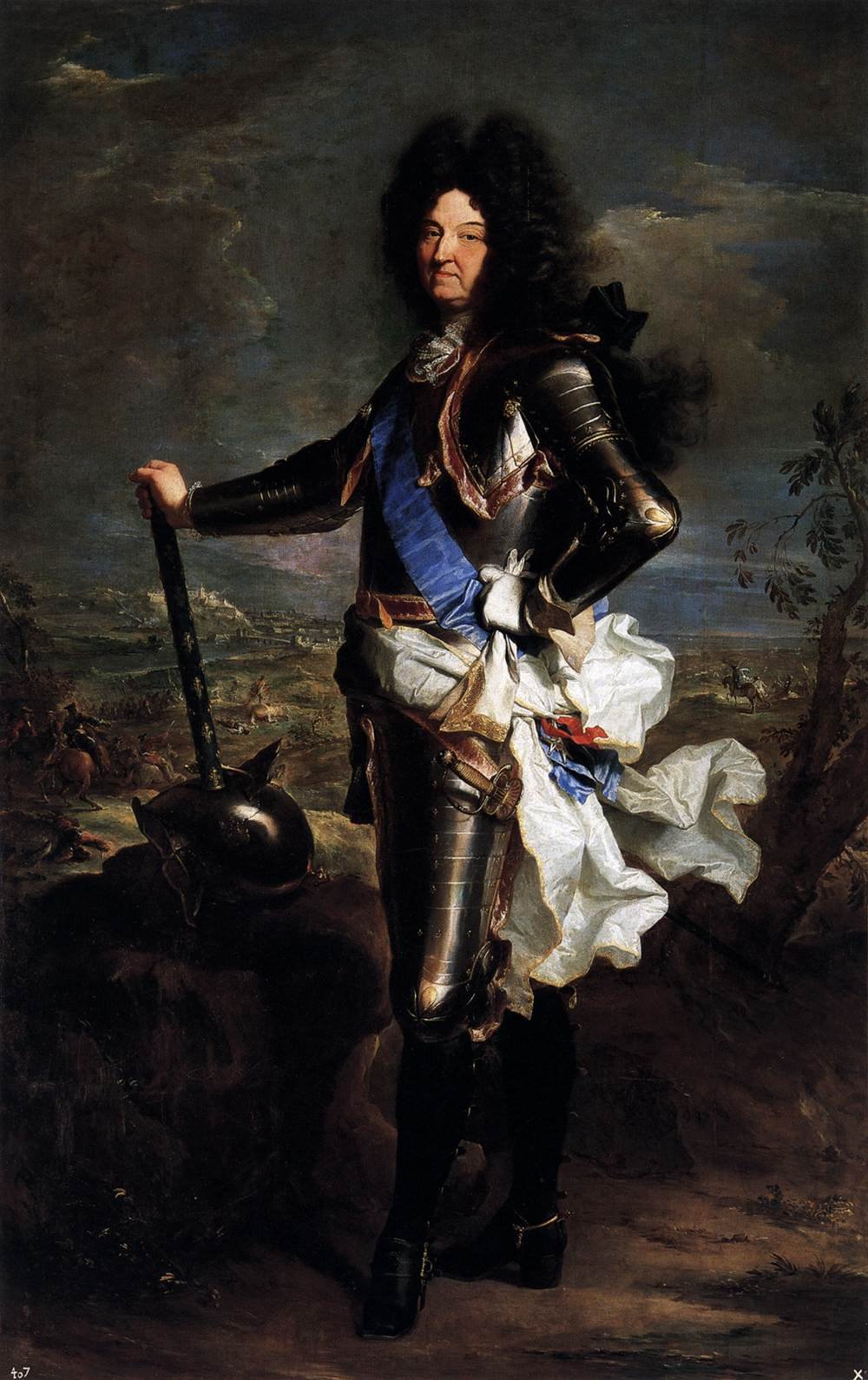
Another theory suggests the prisoner was one of Louis XIV’s illegitimate children, born from an affair that would have caused massive scandal if revealed. The Sun King was known for his numerous mistresses, and several of his illegitimate children were acknowledged and given titles. But what if one affair was too scandalous even for the famously indulgent court?
This theory would explain the royal treatment and the absolute need for secrecy. An illegitimate child born from the wrong mother – perhaps a married noblewoman or someone whose identity would cause diplomatic incidents – would be a permanent source of embarrassment and political vulnerability.
The prisoner’s apparent education and refined manners, noted by his guards, would fit this profile. Royal bastards typically received excellent educations, even if they couldn’t inherit the throne.
Modern Forensic Possibilities

Today’s technology offers unprecedented opportunities to solve historical mysteries. DNA analysis has revolutionized archaeology and genealogy, potentially offering new insights into the masked prisoner’s identity. However, the practical challenges are enormous – the prisoner’s body was buried over 300 years ago, and its location is unknown.
Even if remains were located, degraded DNA might not yield usable results. Environmental factors like soil acidity, temperature fluctuations, and water damage could have destroyed genetic material. Additionally, without comparison samples from potential suspects, DNA evidence might only confirm or deny specific theories rather than reveal the truth.
Modern forensic techniques have successfully identified other historical figures, including Richard III of England and members of the Romanov family. These successes fuel hope that the masked prisoner’s identity might eventually be revealed through scientific means.
Archaeological Investigations
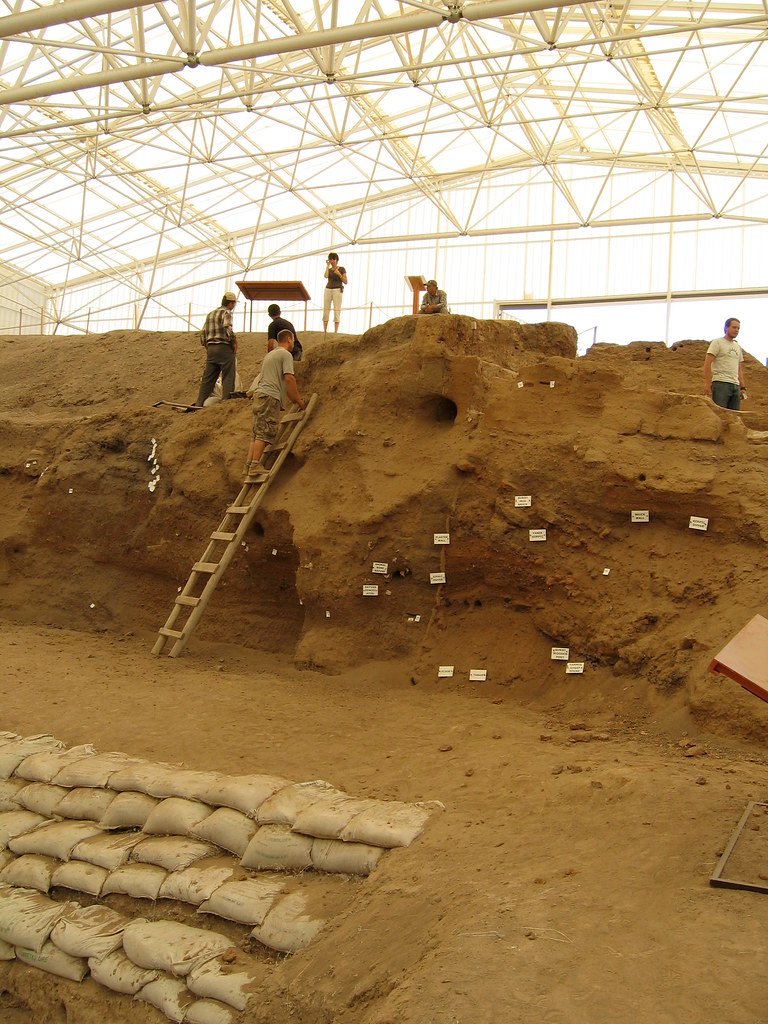
Recent archaeological efforts have focused on locating the prisoner’s burial site and recovering any artifacts that might provide clues. The original cemetery of Saint-Paul parish has been built over multiple times, making excavation challenging. Urban development has likely disturbed or destroyed the original burial site.
However, metal detectors and ground-penetrating radar have revealed promising anomalies in areas that might correspond to the historical cemetery location. Any artifacts recovered from the burial site could provide valuable insights, even if human remains are not preserved.
Archaeological evidence from the Bastille itself has yielded interesting finds, including personal items from various prisoners and structural details that help reconstruct daily life in the fortress. While none directly relate to the masked prisoner, they provide context for understanding his living conditions.
Document Analysis and New Discoveries

Historians continue to discover new documents that might shed light on the mystery. French archives contain thousands of unexplored manuscripts from the period, and digitization efforts are making previously inaccessible materials available to researchers. Some documents use codes or ciphers that are only now being decoded with modern techniques.
Recent discoveries include letters between various officials that reference mysterious prisoners, though connecting these references to the masked man requires careful analysis. The French government’s gradual declassification of historical documents may eventually reveal definitive evidence.
International archives also hold potential clues. The prisoner’s identity might be revealed through foreign diplomatic correspondence or intelligence reports from other European courts. These documents might contain information that French sources deliberately omitted.
The Psychology of Royal Secrets
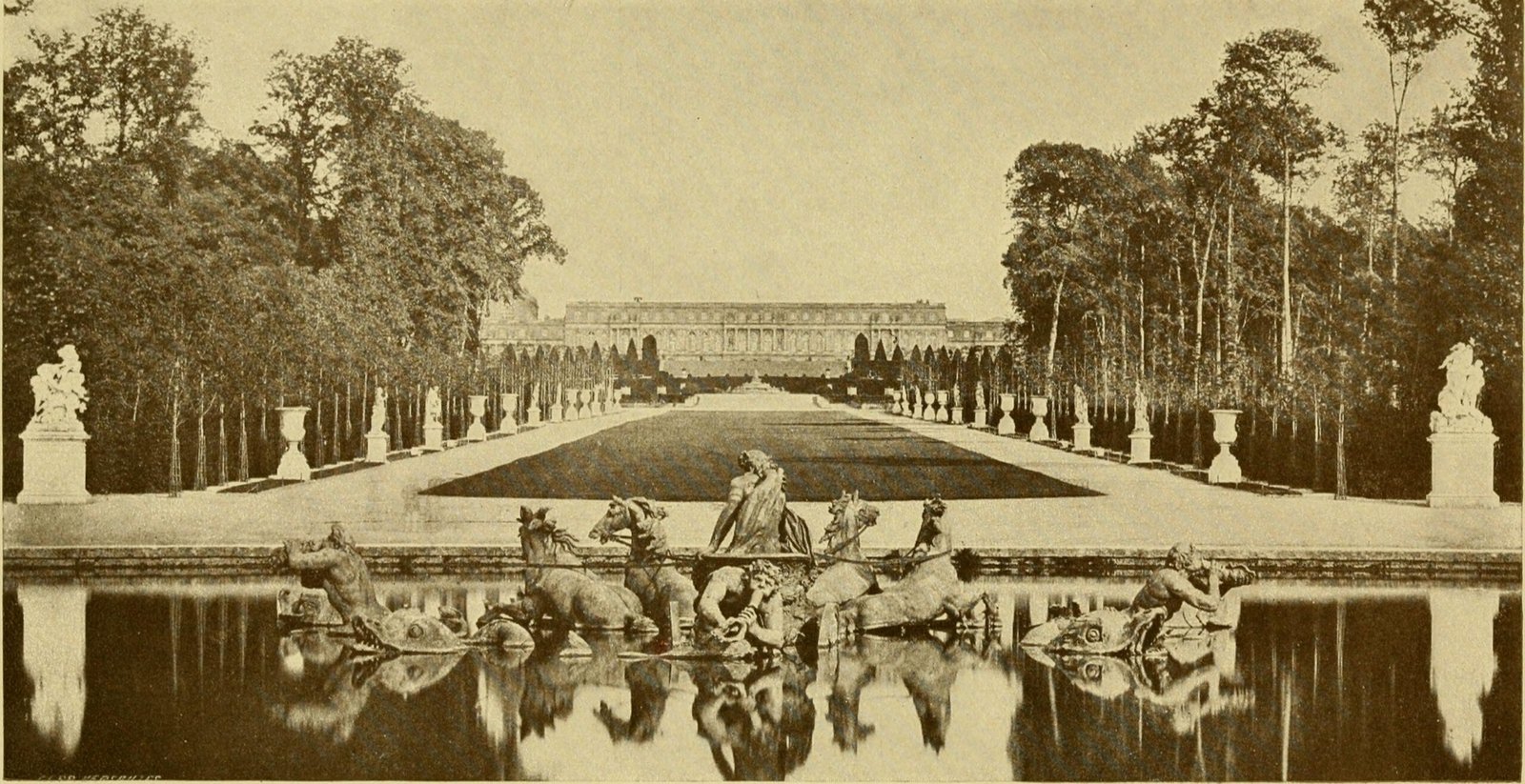
Understanding the political and psychological climate of Louis XIV’s court provides crucial context for evaluating different theories. The Sun King’s reign was characterized by absolute monarchy, elaborate court rituals, and careful management of public image. Any threat to royal dignity or legitimacy would be met with extreme measures.
The decision to imprison rather than execute the masked man suggests someone whose death would cause problems but whose continued existence was also dangerous. This psychological profile helps narrow down potential candidates and explains the unusual circumstances of his captivity.
Court psychology also explains the exceptional secrecy surrounding the case. In an age where royal scandals could destabilize entire kingdoms, the investment in maintaining this one secret would be justified by the potential consequences of its revelation.
International Conspiracy Theories

Some theories suggest the masked prisoner was connected to international conspiracies involving other European powers. The complex web of alliances, wars, and diplomatic intrigue that characterized 17th-century Europe created numerous opportunities for secrets that could threaten multiple governments.
One variant suggests the prisoner was a failed assassin sent by a foreign power, whose identity would reveal an international plot against Louis XIV. Another proposes he was a spy whose knowledge of multiple courts made him too dangerous to release but too valuable to execute.
These international theories are harder to verify due to the scattered nature of relevant documents across multiple countries and languages. However, they highlight the broader political context that made such extreme secrecy necessary.
Literary Impact and Cultural Evolution
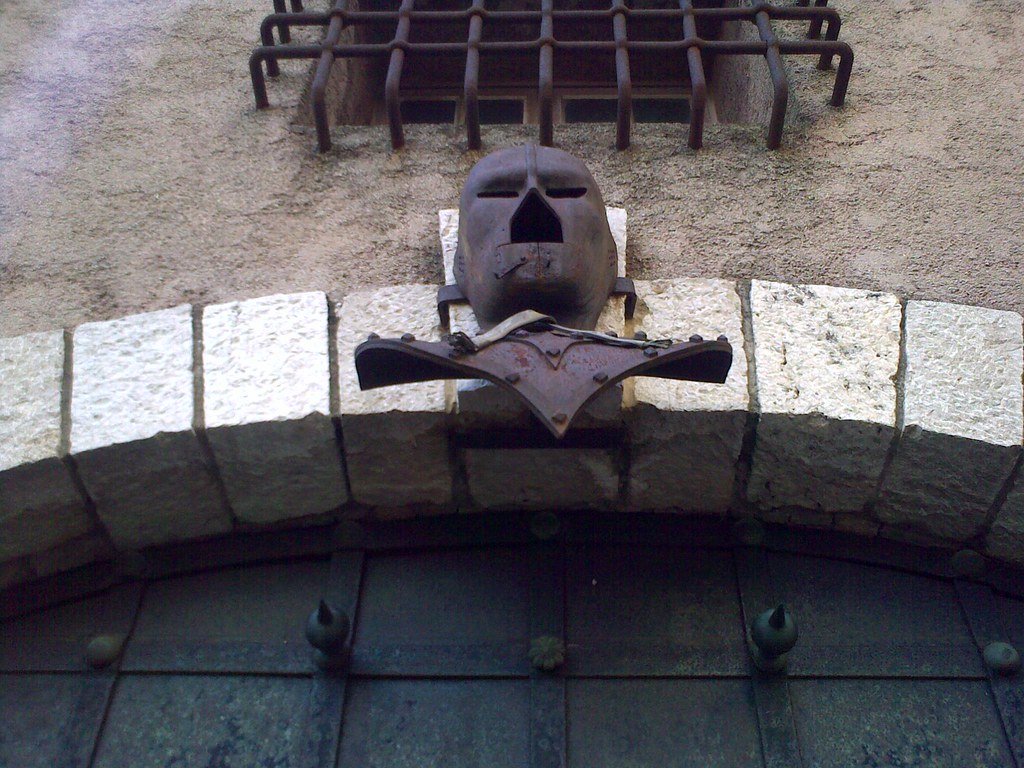
The masked prisoner’s story has inspired countless novels, plays, and films, with each adaptation adding new elements to the legend. Alexandre Dumas’s novel “The Man in the Iron Mask” cemented the twin brother theory in popular culture, though Dumas freely admitted to taking literary liberties with historical facts.
These cultural adaptations have both preserved interest in the mystery and complicated efforts to separate fact from fiction. Modern audiences often conflate elements from different versions, creating hybrid theories that combine historical speculation with literary invention.
The story’s enduring appeal lies in its combination of verifiable historical elements with tantalizing gaps that invite speculation. This combination has made the masked prisoner one of history’s most enduring mysteries, inspiring new theories and investigations centuries after his death.
Scientific Methods and Historical Mysteries
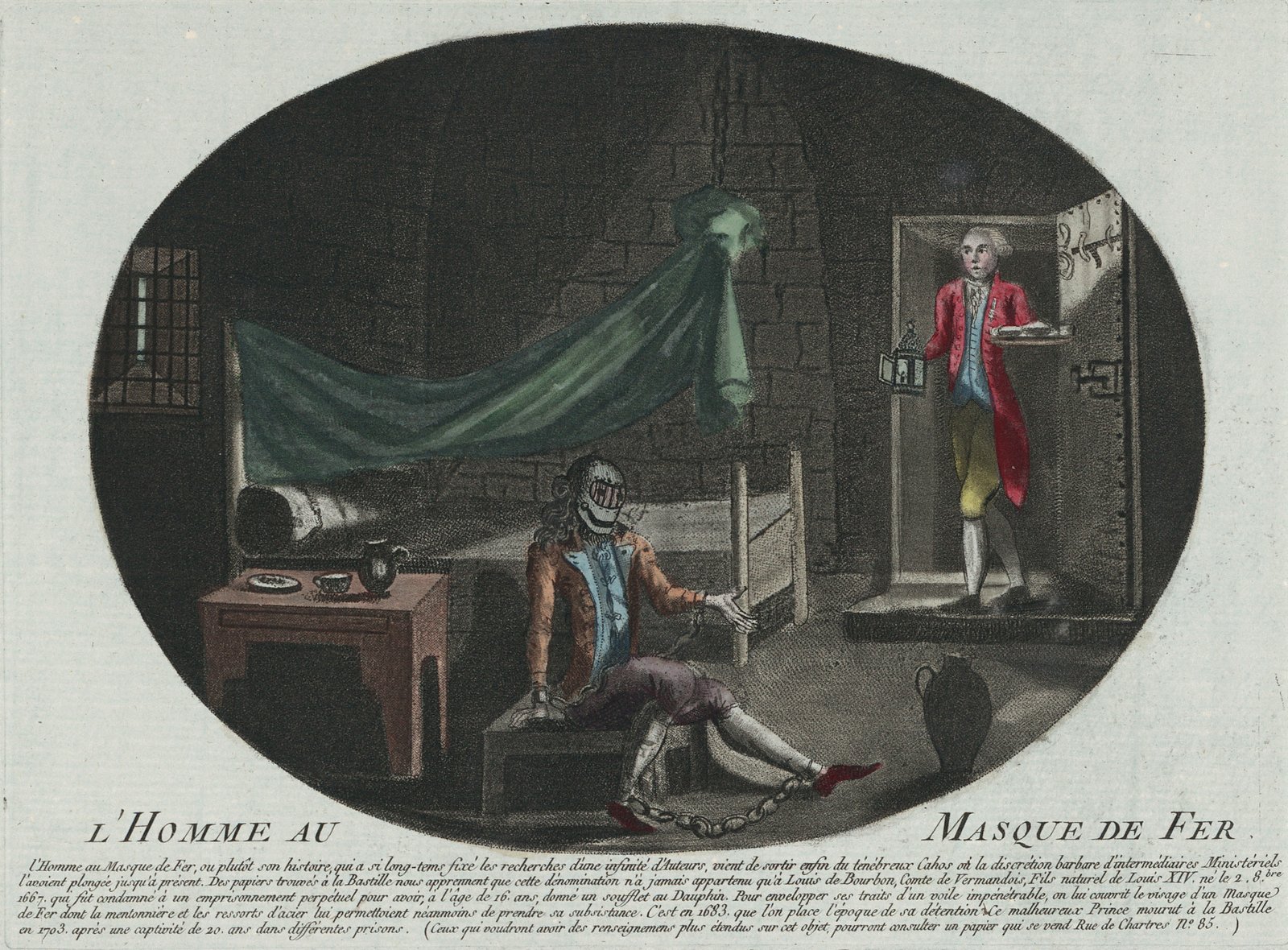
The masked prisoner case illustrates both the potential and limitations of applying modern scientific methods to historical mysteries. While DNA analysis and other forensic techniques offer powerful tools, they require physical evidence that may no longer exist or be accessible.
Computational analysis of historical documents, comparison of writing styles, and statistical analysis of court records provide new approaches to old questions. These methods can identify patterns and connections that previous generations of historians might have missed.
However, the most sophisticated scientific methods cannot overcome the fundamental challenge of incomplete historical records. The deliberate destruction of evidence related to the masked prisoner means that some questions may never be answered, regardless of technological advances.
The Hunt Continues

Today’s researchers combine traditional historical methods with cutting-edge technology in their quest to solve the mystery. International collaboration allows scholars to share resources and expertise, while digital archives make previously inaccessible documents available to researchers worldwide.
Recent DNA successes with other historical mysteries have renewed interest in applying these techniques to the masked prisoner case. While the challenges are significant, advancing technology may eventually overcome current limitations. The discovery of new burial sites or artifacts could provide the physical evidence needed for definitive identification.
Private researchers and amateur historians also contribute to the ongoing investigation, sometimes uncovering documents or making connections that professional historians miss. This collaborative approach increases the chances of eventually solving the mystery.
Conclusion: A Mystery for the Ages
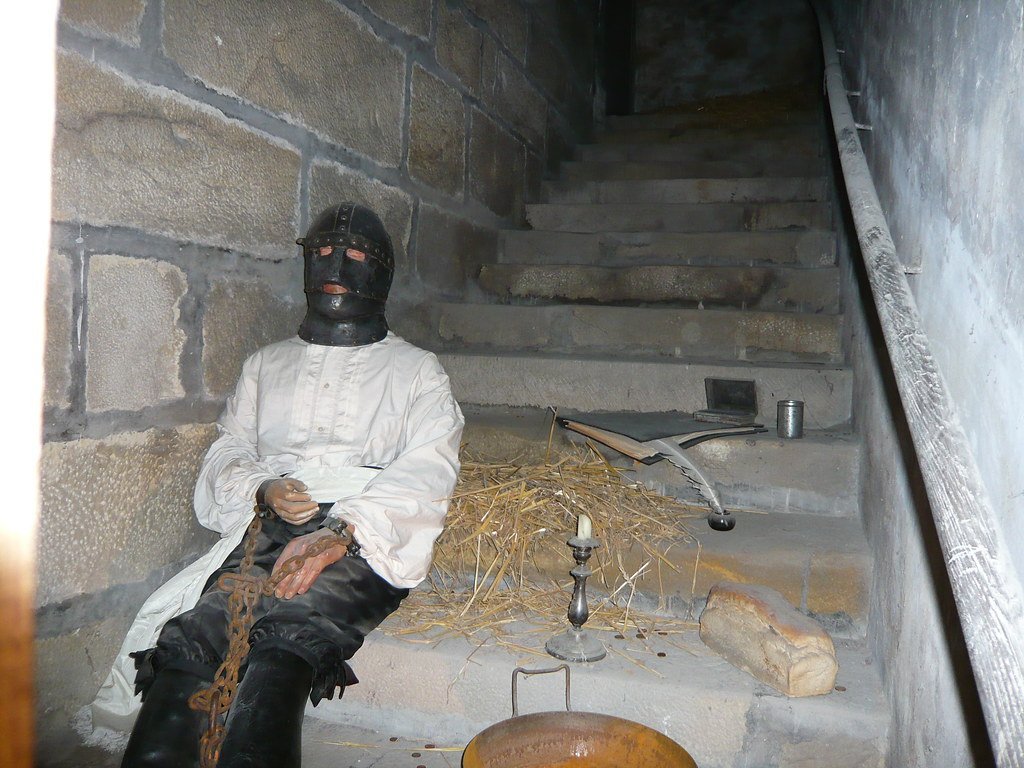
Three centuries after his death, the man in the iron mask continues to captivate our imagination. Each theory offers compelling arguments, yet none provides definitive proof of his identity. The careful destruction of evidence by his captors succeeded in creating one of history’s greatest mysteries.
Perhaps the enduring fascination with this case reflects our deeper questions about identity, power, and secrecy. In an age of unprecedented transparency, the story of someone whose identity was so thoroughly erased resonates with our fears about privacy and control.
The hunt for DNA clues and new documentary evidence continues, driven by advances in technology and the persistent curiosity of researchers worldwide. While we may never know for certain who hid behind that velvet mask, the search itself reveals much about our relationship with history and mystery.
What fascinates you more – the possibility that we might finally solve this centuries-old puzzle, or the romantic notion that some secrets should remain forever hidden?



